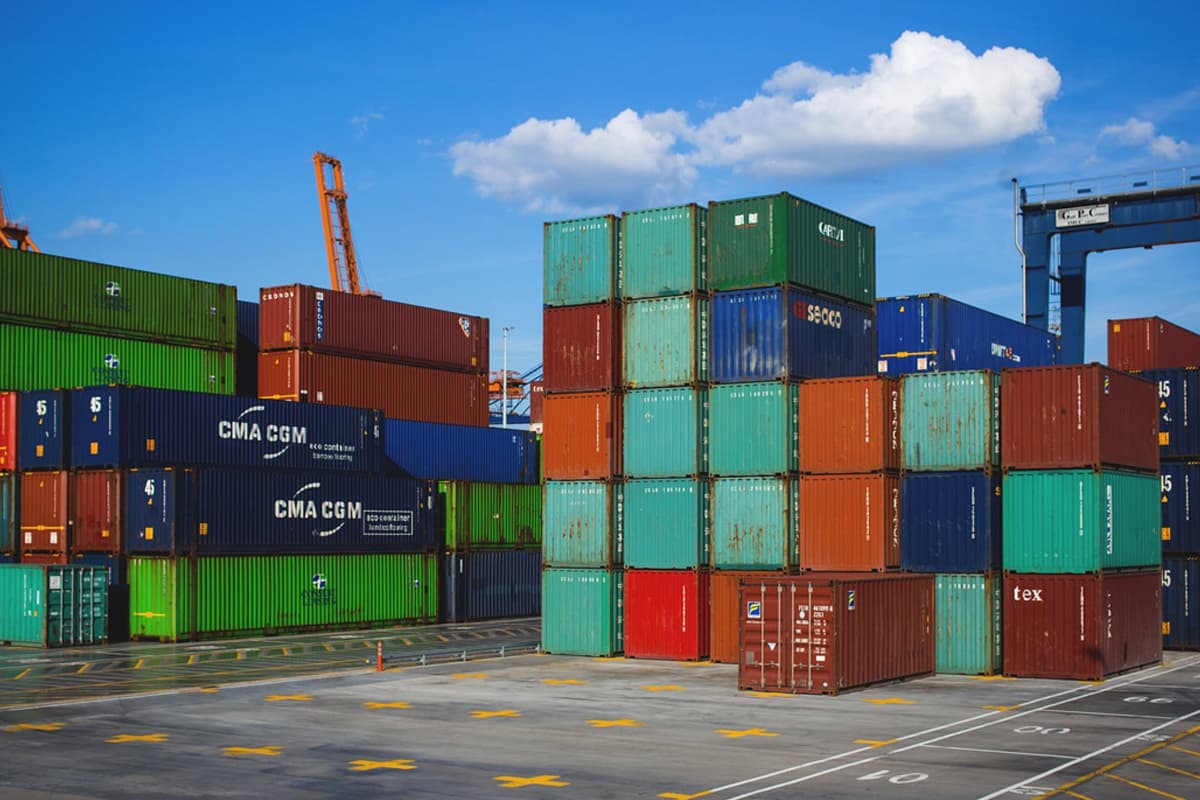
KUALA LUMPUR (Aug 19): Malaysia's July exports, which grew 38% year-on-year to RM134.07 billion, came slightly below Bloomberg's consensus forecast of 39%, but above the 36.5% that economists surveyed by Reuters had expected.
July's export growth — driven by higher demand for electrical and electronics (E&E) products, petroleum products as well as liquefied natural gas (LNG) — had moderated by 8.2% from June's RM146.16 billion. Imports, which grew 41.9% y-o-y to RM118.58 billion, also moderated 4.5% month-on-month.
With the slowdown in both exports and imports, total trade for July, which amounted to RM252.65 billion and up 39.8% y-o-y, moderated by 6.5% m-o-m. Trade surplus totalled RM15.49 billion — up 14.3% y-o-y but down 29.1% m-o-m. Total trade for January-July climbed 29.9% y-o-y to RM1.61 trillion, as exports grew 27.8% to RM873.07 billion, while imports rose 32.5% to RM734.51 billion; January-July trade surplus gained 7.4% to RM138.56 billion.
UOB Malaysia's senior economist Julia Goh and economist Loke Siew Ting said export growth, which came in below their estimate of 41.5% in July, is set to taper ahead as favourable base effects wane and key commodity prices declined, while heightened global headwinds keep businesses and consumers in a more cautious mode.
They expect the easing of global crude oil and palm oil prices to hurt export revenues for petroleum and palm oil products in the second half. At the same time, global chipmakers are now bracing for a downward trend — with growing inventories and shrinking demand amid massive upfront costs — which does not bode well for Malaysia's E&E exports in the near term, said Goh and Loke. Rising global recession risks also suggest weaker external demand through 2023, they noted.
“On the local front, the ongoing shortages of foreign labour continue to constrain manufacturers’ production capacity, in addition to the shortages of raw materials, higher cost pressures and currency volatility,” they said.
“Taken together, we think Malaysia’s export growth may have peaked in June and is now trending downward gradually. We keep our 2022 full-year export growth forecast of 18%,” said the economists.
Likewise, RHB Investment Bank Bhd is cautious on the risks of a global economic slowdown's impact on Malaysia's trade performance in 2H22. "We continue to see signs of slow-down in the momentum of exports to major economies such as the US, EU and China," it said in a separate note.
While RHB is expecting the country's overall trade performance to stay resilient in 3Q, uncertainties in the global landscape might taper the upward momentum of the trade performance moving into the end of the year.
MIDF Research, who is keeping its annual growth forecast of 20.9% for exports and 25.6% for imports, similarly cautioned that the country’s trade outlook may be adversely impacted by weaker global growth.
Besides higher global inflation and possible recession in the US, it said there are downside risks from sluggish recovery and strict zero-Covid-19 policy in China, the ongoing Russia-Ukraine war, and recent escalation of geo-political tension between China and Taiwan.
The MIDF, however, foresees sustained recovery in the global economy as most countries have reopened their economies after the Covid-19 pandemic, and expect this to continue to drive external demand for manufactured goods such as E&E and refined petroleum as well as primary commodities.
“We expect imports to expand further in the coming months as growth momentum in the domestic economy is expected to continue in the latter part of the year,” the MIDF added in a note.